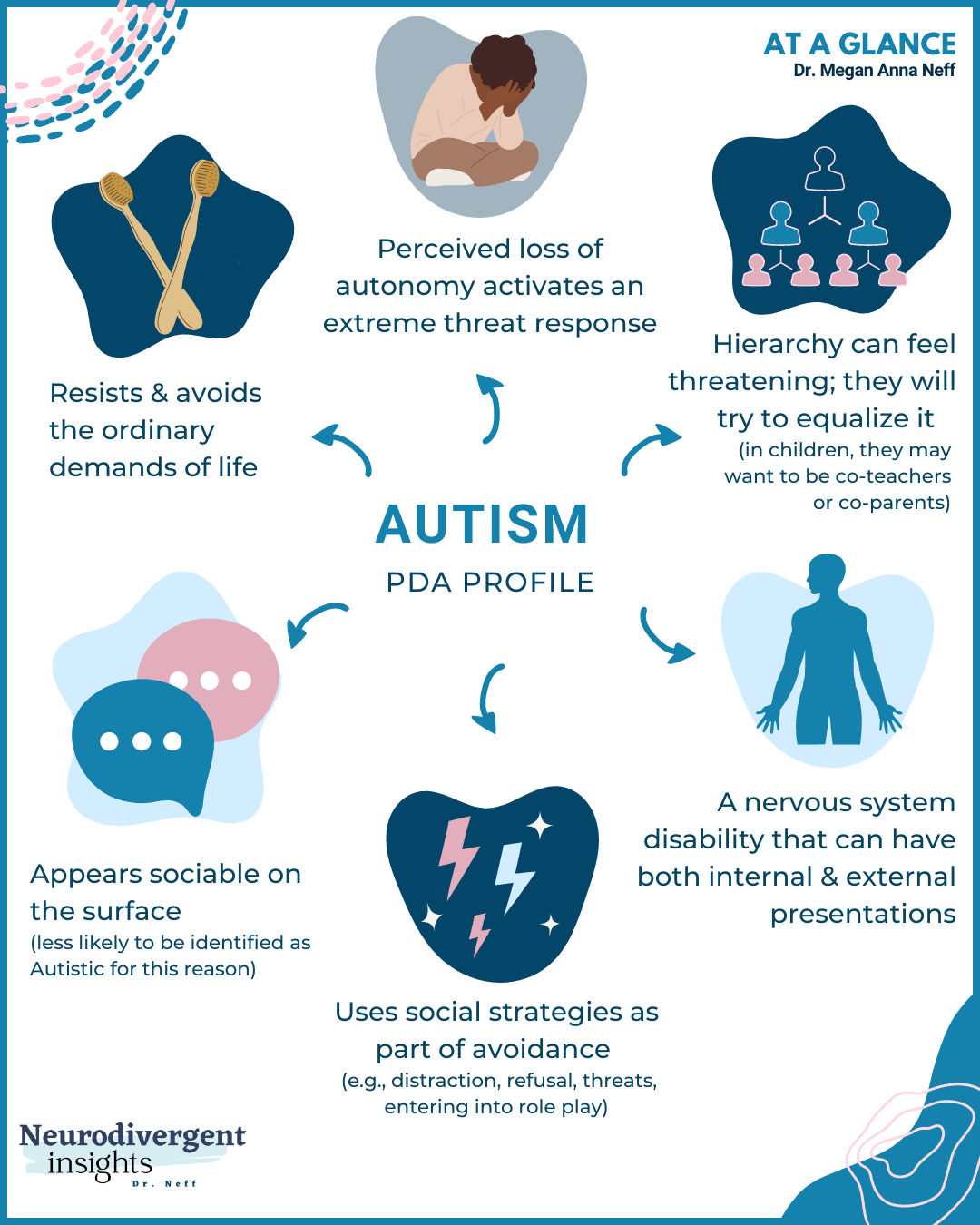Exactly How to Interact Efficiently with Loved Ones on the Autism Spectrum
Exactly How to Interact Efficiently with Loved Ones on the Autism Spectrum
Blog Article
Recognizing Autism: A Comprehensive Guide to Symptoms And Signs
Autism Spectrum Condition (ASD) encompasses a large array of characteristics that can considerably affect a person's social communications and day-to-day performance. Recognizing these subtleties not only aids caregivers and instructors in giving suitable assistance yet also cultivates a much more comprehensive setting for people with ASD.
Introduction of Autism Spectrum Disorder
Defining Autism Range Disorder (ASD) entails recognizing it as an intricate neurodevelopmental condition defined by a series of obstacles in social interaction, interaction, and behavior patterns. The term "spectrum" mirrors the wide variability in signs and their extent, which can vary substantially from one person to an additional. ASD normally shows up in very early youth, although some individuals might not obtain a medical diagnosis up until later in life.
Factors affecting the development of ASD include hereditary tendencies and environmental factors, although the specific causes remain under investigation. Medical diagnosis usually relies upon behavioral assessments, as there are no clear-cut medical examinations for ASD. Early treatment is essential and can significantly boost end results, concentrating on enhancing interaction skills, social communications, and adaptive habits.
Individuals with ASD might also show special strengths, such as remarkable focus to detail or details areas of experience. Recognizing the diverse nature of ASD is important for cultivating an inclusive setting that accommodates neurodiversity. Proceeded study is important for creating effective treatments and support systems, allowing individuals with ASD to thrive and fulfill their prospective within culture.
Common Indications of Autism
Identifying the common indications of Autism Range Disorder (ASD) is crucial for very early identification and treatment. These indicators can vary commonly in intensity and discussion, but specific features are regularly observed in individuals with ASD.
One of the most common indications is a significant trouble in developing and keeping eye contact. Individuals may also show limited interest in social communications and show a choice for singular play.
Sensory sensitivities are additionally common; people may underreact or overreact to sensory stimuli, such as appearances, lights, or audios. autism. Language advancement can be atypical, with some kids showing postponed speech or utilizing language in unusual means, consisting of echolalia-- repeating sentences or expressions heard elsewhere
It is vital to note that not every individual with ASD will present all these indicators, and the degree of these behaviors can vary substantially. Early recognition permits prompt support and sources, boosting the top quality of life for those on the spectrum.
Social Communication Obstacles
Social communication obstacles are a trademark of Autism Spectrum Problem (ASD), impacting a person's capability to engage effectively with others. These problems can materialize in various means, including obstacles in initiating and keeping conversations, recognizing social cues, and reacting suitably in social communications.
Individuals with ASD may struggle with nonverbal interaction, such as eye contact, faces, and body movement. This can cause misunderstandings, as their communicative intent may not be appropriately interpreted by others. They might locate it challenging to comprehend the subtleties of tone and context, which are important for reliable interaction.
In group settings, people with ASD might really feel overloaded and may not know exactly how to sign up with in discussions (autism). They might likewise show irregular conversational patterns, such as monologuing about particular interests without acknowledging social reciprocity
In addition, my company these challenges can result in social isolation or problems in developing relationships, as peers may misinterpret their behavior or communication design. Understanding these social communication difficulties is critical for fostering supportive environments that promote social skills development and enhance the high quality of interactions for people on the autism spectrum.
Sensory Sensitivities and Responses
Many people with Autism Spectrum Disorder (ASD) experience heightened sensory level of sensitivities that can substantially impact their day-to-day lives. An individual with ASD might find day-to-day sounds, such as a vacuum cleaner or crowded settings, overwhelmingly traumatic, leading to stress and anxiety or meltdowns.
Sensory handling differences in people with ASD can also influence their ability to participate in routine tasks and social interactions. A child that is delicate to touch may resist physical love or avoid specific clothing materials. A choice for certain structures or preferences can restrict dietary choices and develop challenges during nourishments.
Understanding these sensory sensitivities is crucial for recognizing the distinct experiences of individuals with ASD. Understanding of their sensory profiles can promote far better interaction and assistance strategies, creating an atmosphere that accommodates their requirements and improves their lifestyle. Inevitably, recognizing sensory level of sensitivities is a crucial element of comprehending the wider spectrum of autism.

Sustaining People With Autism
Effective support for people with Autism Range Problem (ASD) is important for boosting their total well-being and promoting self-reliance. Assistance approaches should be customized to meet the distinct requirements of each person, considering their toughness and challenges.

Social abilities training can additionally play a pivotal function. autism. Involving people in team tasks or role-playing circumstances can enhance their ability to navigate social interactions. Additionally, it is vital to inform member of the family, caregivers, and peers regarding ASD to foster a encouraging and comprehensive area
Verdict
By cultivating enhanced interaction and social abilities, individuals with autism can browse their environments more efficiently. Eventually, increased recognition and support can dramatically improve the quality of life for those influenced by ASD.
Autism Spectrum Problem (ASD) includes a vast variety of characteristics that can substantially impact an individual's social communications and daily performance.Individuals with ASD might struggle with nonverbal interaction, such as eye call, face expressions, and body language.Numerous people with Autism Spectrum Condition (ASD) experience heightened sensory sensitivities that can dramatically impact their daily lives.Sensory handling differences in individuals with ASD can additionally impact their capacity to engage redirected here in social communications and regular activities.Comprehending these sensory level of sensitivities is vital for acknowledging the unique experiences of individuals with ASD.
Report this page